Sign Language vs Captioning
Many deaf people use American Sign Language, which is its own language and is not the same as English. ASL has its own grammar, syntax, lexicon and vocabulary, just like any other language. However, not all deaf people use ASL. They also use Signing Exact English (SEE) or Pidgin Sign Language (PSE). PSE is a combination of English and American Sign Language.
Deaf people communicate in a variety of ways, depending on the level of hearing loss and how they were taught in school. Some were raised orally, others were raised with sign language, total communication, or Cued Speech. Deaf people who grew up using American Sign Language as their native language often learn English as a second language.
In the age of Internet and social media, the question is:
What medium should be used to portray language visually on media platforms for maximum accessibility to the deaf community?
The answer depends on two factors:
- Pre-lingual vs post-lingual deafness
- Fluency in English or ASL
Captioning
Post-lingually deaf people lose hearing later in life after already acquiring spoken language through hearing. As they have already learned English since they were born, they are often more comfortable communicating fluently in their native language.
People in this group may know little or no sign language. Therefore, they often prefer captioning on television or on Internet video media.
Sign Language
Pre-lingually deaf people or culturally Deaf people usually learn American Sign Language as their first language, and then later learn English as a second language.
Most pre-lingually deaf people feel more comfortable communicating with sign language or using a sign language interpreter. For Internet media on video platforms like YouTube or on Facebook, sign language is usually the preferred communication medium.
Accessibility
To make sure video media is fully accessible for everyone, we need to provide both options.
With differing backgrounds, preferences and first languages within the video's audience, it is best to provide both sign language interpretation and English captions to ensure accessibility for everyone.
At minimum, English captions should be provided as everyone, including deaf people, in an English-speaking nation is expected to learn how to read and write in English. Sign language interpretation should also be provided for deaf people whose native language is American Sign Language.
Beyond Tone has a blog titled BTNarrative. Click here to read our articles about the intersection between today's deaf issues and fast growing technologies.
BT Project Narrative Blog
